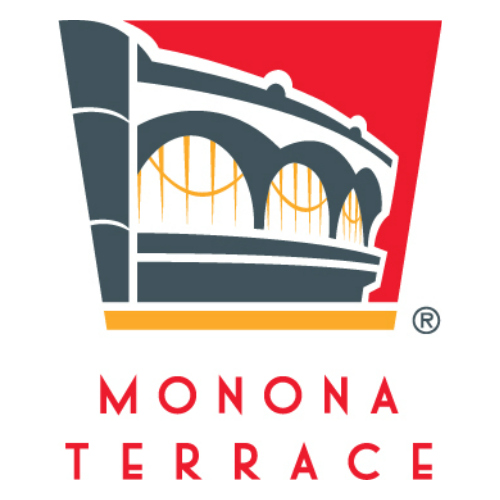5 Tips For Better A/V
04/13/2020
By Jennifer Bradley
Planners often turn to Brandt Krueger for audio- visual (A/V) advice, which the Minneapolis-based consultant and tech producer is more than happy to provide. He says that with A/V, knowledge is power and he shares five tips for planners as they examine their A/V needs:
No. 1: You can usually overcome cost with time.
“One of the unfortunate things that happens is those that can least afford it wind up spending the most because they just go with in-house A/V,” explains Krueger. “It’s easy, they’re on site, it goes on the master bill and it’s done, right?”
It may take a little extra time to secure a third-party A/V bid, but bidding out A/V can save money, even if the venue requires using its A/V provider. How? Krueger says it’s bargaining power that can drive down in-house A/V costs.
No. 2: You know more than you think you do.
This pro explains that a meeting agenda contains a wealth of information and recommends sharing it with A/V providers. “If you know the CEO always hops on stage to give a message, a panel presents at some point and the sales’ leadership hosts a seminar, you know more than you think you do,” he explains. “This information provides a lot of direction to an A/V provider.”
No. 3: Get your A/V team involved early.
Speaking of A/V providers, Krueger says it’s never too early to involve them. The more the A/V team learns early on, the greater the accuracy of their service quote and the more seamless the A/V process. He also recommends involving a third-party, even if it’s just to examine the venue contract.
No. 4: Know your venue and its capabilities.
Before planning any A/V details, a meeting planner must know what’s possible at the venue. “Where are people going to get power from?” he asks. “What about the loading dock?” He explains old hotels often have one loading dock, shared with caterers, garbage trucks and other vendors. The dock must be sufficiently sized to accommodate loading/unloading A/V equipment and all others using the dock.
No. 5: Know your client’s needs.
A meeting planner must know the venue’s capabilities, but also the client’s wants/expectations. The size of the audience, core locations of the content and activities being offered are all factors to consider.
Krueger recalls a simulcast meeting that had two dozen VIPs in the room, with most investors watching via the Internet. “The planners didn’t want lights because it would look weird in the small break- out room, but the resulting feed was super dark,” he explains. “So, the primary audience had a non- optimal experience.”
For a medical meeting with presentations, what software must you support? The needs of a more personal event differ from those of a quarterly sales meeting, he says. Will you broadcast the event? To whom? What size room will participants sit in?
Finally, meeting planners must understand their client’s reputation and consider how to uphold it. If a company is known for its high-tech, cutting-edge personality, its A/V may look considerably different than A/V for a small, non-profit where “if you go too fancy, you may be criticized,” Krueger adds.
A/V may intimidate some planners, but it doesn’t have to, Krueger says. He believes there are simple ways to save costs, maximize the experience and keep everyone, from the planner to the client to the attendees, happy.











